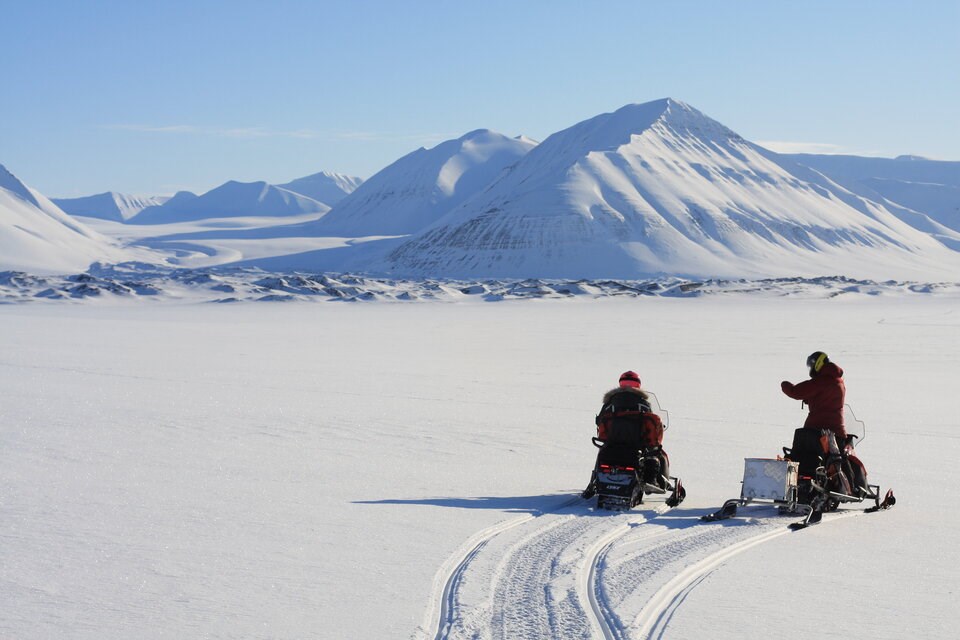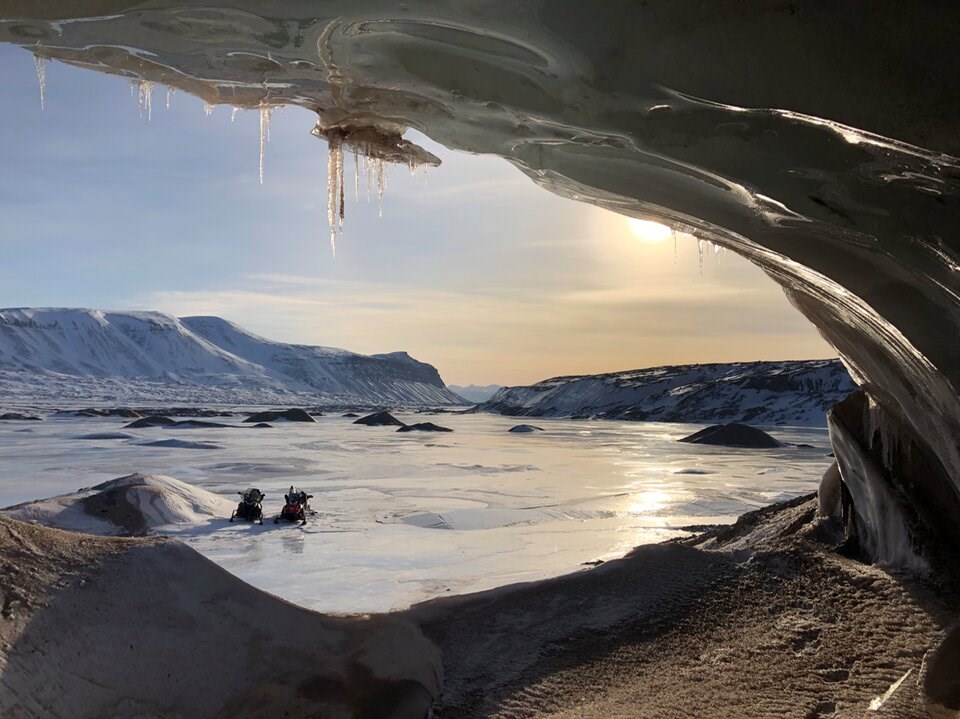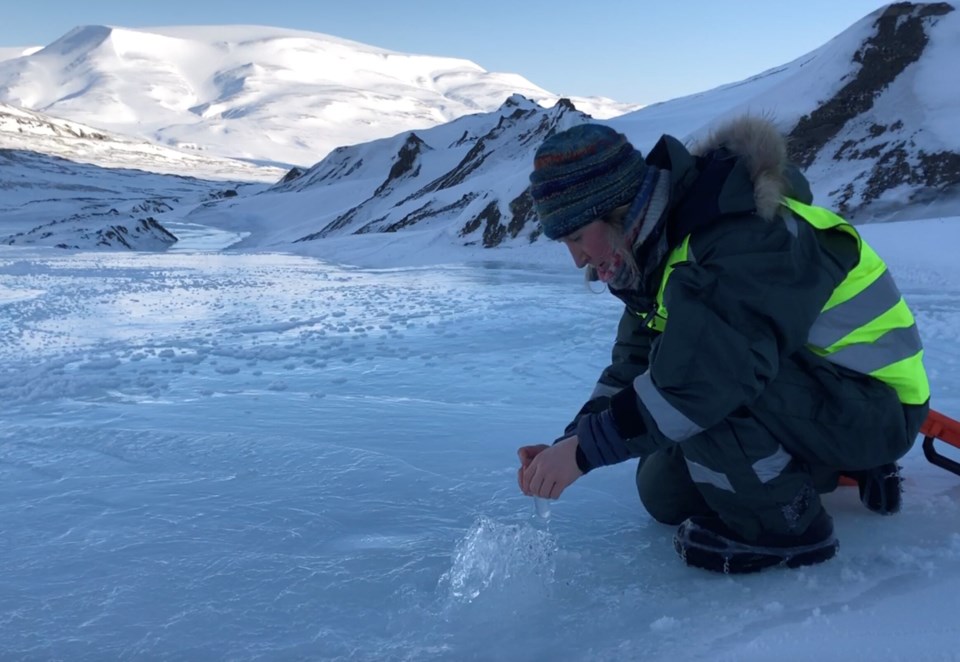Glaciers thawed by climate change on an Arctic island are opening up a path for subterranean methane to come bubbling to the surface — a phenomenon that risks deepening the climate crisis, a new study has found.
The research, carried out by an international team from the United Kingdom, Norway and Canada, comes after a series of expeditions to the island of Svalbard, where scientists took over 120 spring water samples thick with methane.
“We actually found methane everywhere,” said co-author Hal Bradbury, an assistant professor studying chemical oceanography at the University of British Columbia.
Most people know it as the gas they use to cook on gas stoves or heat gas boilers, but when released into the atmosphere, methane produces a greenhouse effect more than 80 times as potent than carbon dioxide over the first 20 years. It's such a powerful warming agent that the Intergovernmental Panel on Climate Change estimates methane has contributed around 30 per cent of observed human-caused global warming to date.

Past research has documented methane released from melting Arctic permafrost. But the latest study, published in the journal Nature Geoscience Thursday, is the first to measure the super-charged phenomenon of glaciers squeezing out methane as they retreat.
“This actually provides a new mechanism where it can escape rather than having to melt the entirety of the permafrost,” Bradbury said.
“It's a really interesting feedback cycle where the rising global temperatures are leading to the melting of the glaciers. And this is leading to more methane released, which slightly increases the rate of further temperature change.”
About halfway between the north coast of Norway and the North Pole, Svalbard is perhaps best known for its polar bears and the Svalbard Global Seed Vault, a backup facility that stores the genetic diversity of crops from around the world.
But the island is also home to a number of glaciers, and like the rest of the world, the tongues of ice are receding as human-caused climate change raises global temperatures. Unlike most of the planet, however, the Arctic archipelago is warming five times faster than the global average.

Up from the ground comes a bubbling gas
For thousands of years, the island's glaciers have sat on top of a frozen surface, together acting like a ‘cryospheric cap’ preventing underground methane deposits from escaping into the atmosphere.
But when a glacier recedes, what’s left acts like a giant weight, pressing down on the melting land like a palm on a waterlogged sponge, explains Bradbury.
Methane-laced water stored in shale dating back to the Jurassic period are finally offered a path to the surface.
“It wasn't just like one spring. All but one of the springs were releasing methane,” Bradbury said.
“You literally see bubbles of water and gas coming out to the surface. Some people like to do that party trick — lighting it on fire.”

Over the course of two springs, in 2021 and 2022, the study’s lead author Gabrielle Kleber, used snowmobiles to take water samples at the toes of 78 glaciers. Bradbury then took the results from the more than 120 samples and used numerical modelling to assess how much methane is being released across the whole island every year.
“We reckon about 2,000 tonnes of methane coming out a year,” said Bradbury.
That's roughly equivalent to 10 per cent of Norway’s annual output of the greenhouse gas, he added.
Whether further melting of the Arctic’s glaciers will slow down or speed up the release of methane is not clear. Bradbury says more work needs to be done in places like Canada’s Queen Elizabeth Islands, where glaciers coexist with permafrost, and potentially underground methane deposits.
“If global warming continues, and assuming that the glaciers continue to melt, this process will continue to happen and might become important in the Canadian Arctic or the Russian Arctic,” he said.
“And then we could have larger releases.”
https://news.google.com/rss/articles/CBMihgFodHRwczovL3d3dy52YW5jb3V2ZXJpc2F3ZXNvbWUuY29tL2hpZ2hsaWdodHMvYXJjdGljLWlzbGFuZHMtbWVsdGluZy1nbGFjaWVycy11bmxlYXNoLXBvdGVudC1ncmVlbmhvdXNlLWdhcy13YXJucy1iYy1zY2llbnRpc3QtNzI0NTMyNtIBAA?oc=5
2023-07-07 19:01:51Z
2220613324
Tidak ada komentar:
Posting Komentar